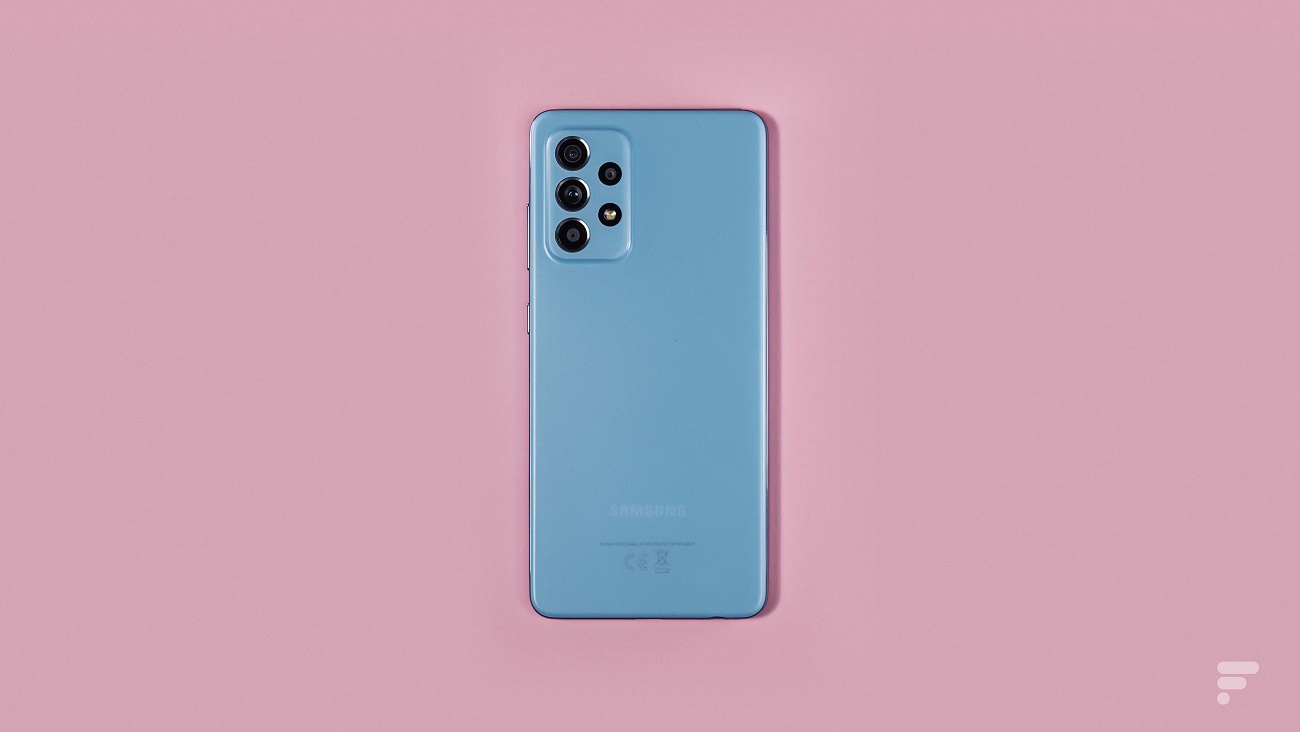The beta versions of Lubuntu and Kubuntu 24.04 are out, showing that there’s room to improve on the standard Ubuntu formula.
The beta announcements for Lubuntu 24.04 and Kubuntu 24.04 don’t reveal quite as much information as the Lubuntu’s alpha-test announcement did. The Reg FOSS desk looked at the two Qt-centric remixes, and found some intriguing distinctions between them and their parent distro.
The beta of Lubuntu 24.04 offers a new choice: live session or proceed directly to installation – Click to enlarge
When we did a roundup of the remixes for the last LTS release cycle, 22.04, we noted that Lubuntu was a little different from the other flavors. For instance, Lubuntu 22.04 booted direct to a live session without asking, and if you did choose to install, it used the Calamares cross-platform installer, rather than Canonical’s own tool.
These are aside from its svelteness. It’s fairly well known as the lightest weight member of the Ubuntu family, taking less disk and less RAM than the others. That’s a good thing, even if you are not short of resources: there’s less to go wrong, it represents a smaller attack surface, and it leaves more resources available for your apps. A few Reg readers have told us that Lubuntu is their go-to Ubuntu remix, for its simple, no-nonsense approach as well as its modest resource usage, and we can’t fault that stance.
It looks like the Noble Numbat release will offer some more functional differences over and above these. For instance, this release offers the option to install directly from boot-up, without starting a full desktop session. Since this is a flavor of particular interest to those who want a lighter-weight OS, it’s good to see that the Calamares installer offers a “minimal” installation option – historically, some of the remixes didn’t offer this.
As we reported back in February, with the 24.04 LTS release, Kubuntu is also switching to using Calamares as its installation program. We tried the betas of both Lubuntu and Kubuntu to see how the new installer is looking.
Not two but three types of installation: normal, minimal, and even full, with extra snappy apps – Click to enlarge
This highlighted a difference that we weren’t expecting: a three-way choice of installation types. In the betas of both Kubuntu and Lubuntu, you don’t just get Ubuntu’s “Normal” and “Minimal” offerings, but also an optional “Full” installation, which adds some extra packages to the mix. This adds the Element client for Matrix, the Thunderbird multi-protocol messaging client, the Virtual Machine Manager for libvirt-compatible hypervisors, and KDE’s Krita image-editing program. (It is perhaps churlish of us to point out that Thunderbird itself includes a Matrix client, but we must run that risk.)
- Lightweight Windows-like desktop LXQt makes leap to Qt 6 with version 2.0
- Ubuntu, Kubuntu, openSUSE to get better installation
- Cinnamon and KDE sync version numbers in desktop sibling rivalry
- Revamped Raspberry Pi OS boasts Wayland desktop and improved imager tool
One of the more common complaints about Ubuntu in recent years is its growing fondness for packaging applications in Canonical’s snap format. In the beta version of the standard Ubuntu desktop the Thunderbird email client is now a snap as well. Upstream Ubuntu also has a new Snap-centric App Centre, which no longer supports Debian packages: it’s snaps or nothing. It should come as no surprise, then, that if you choose the Full install option in Lubuntu and Kubuntu 24.04, the additional apps are installed as snap versions.
Instead of the Snap-based App Centre, Lubuntu offers KDE’s Discover – but the beta has glitches – Click to enlarge
However, there is some good news for Lubuntu users. The new version includes a little extra instrumentation around the snap format, and Lubuntu “Noble” includes on-screen status notifications when Snap packages are installing in the background, thanks to a new program called lubuntu-snap-installation-monitor. It also has a new first-run wizard, and alongside the standard Lubuntu login session, there are options for an unthemed LXQt session as well as a very bare login session with the OpenBox window manager and nothing else.
If you choose the Qt-based editions, though, you get the KDE Discover graphical app store instead. This supports both Snap and Debian packages, and if you install the optional Flatpak back-end, it supports that package format as well. We did see some graphical glitches with Discover in the Lubuntu Noble beta, though, which made it unusable in Virtualbox. We tried the Virtualbox guest additions, and the equally FOSS VMware graphics driver, but neither helped. We hope this is resolved before release – it works fine in Kubuntu itself.
As we reported in February, KDE Plasma 6 was released just a little too late to be included in the latest Kubuntu. Both Lubuntu and Kubuntu 24.04 come with the previous stable versions of their respective desktops: LXQt 1.4 and KDE Plasma 5.27.11. That means that by default, no Wayland sessions are on offer here, just plain old X.org. ®
Note: This article have been indexed to our site. We do not claim legitimacy, ownership or copyright of any of the content above. To see the article at original source Click Here
















